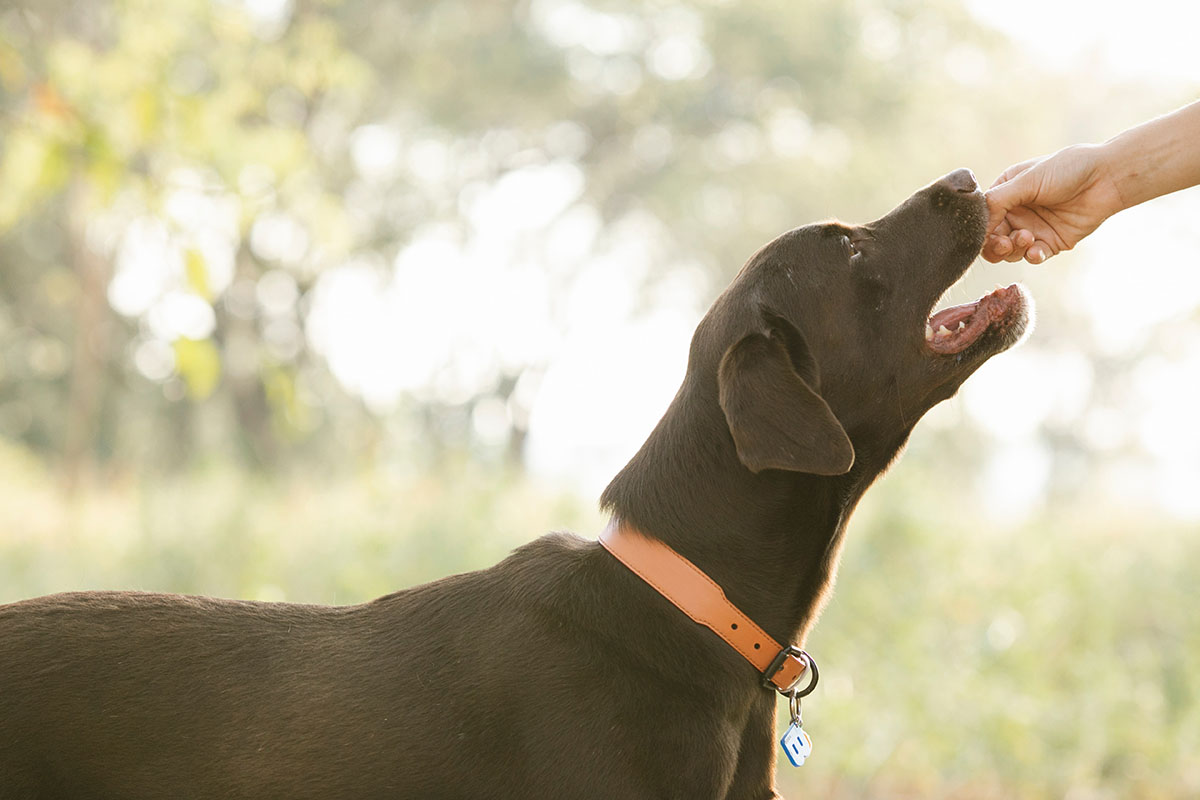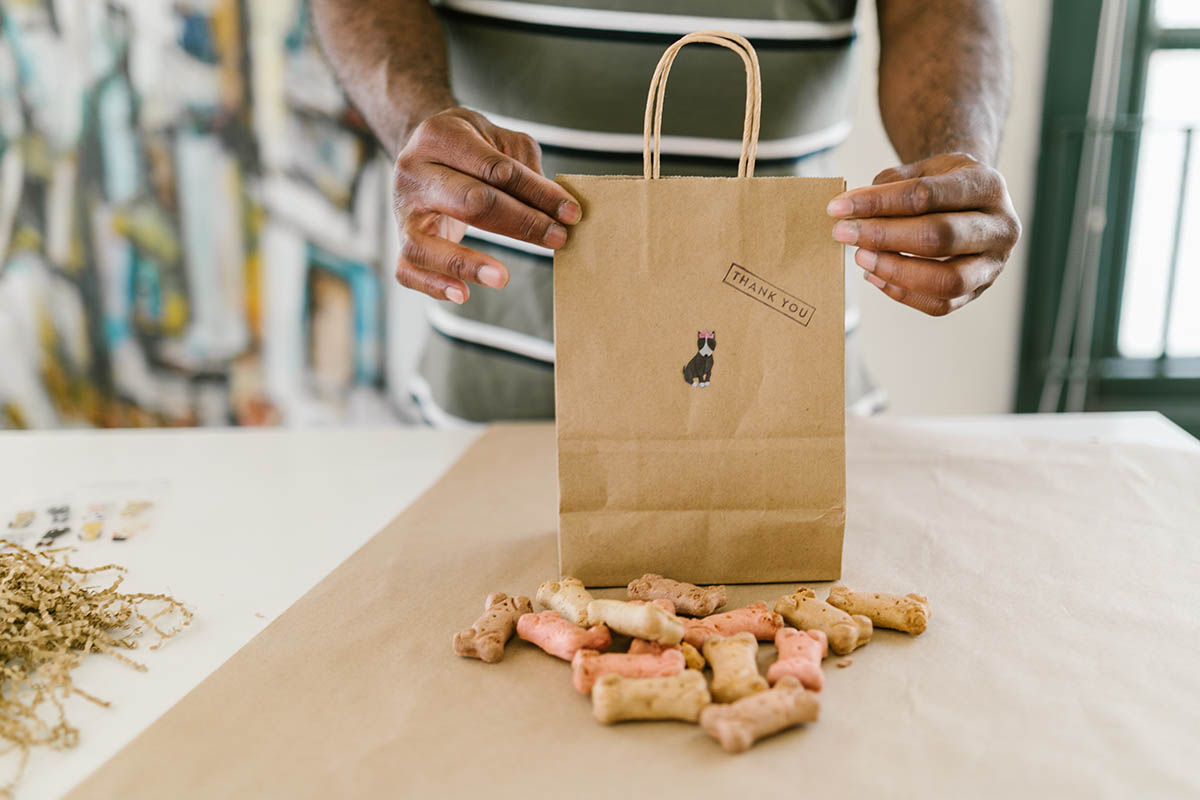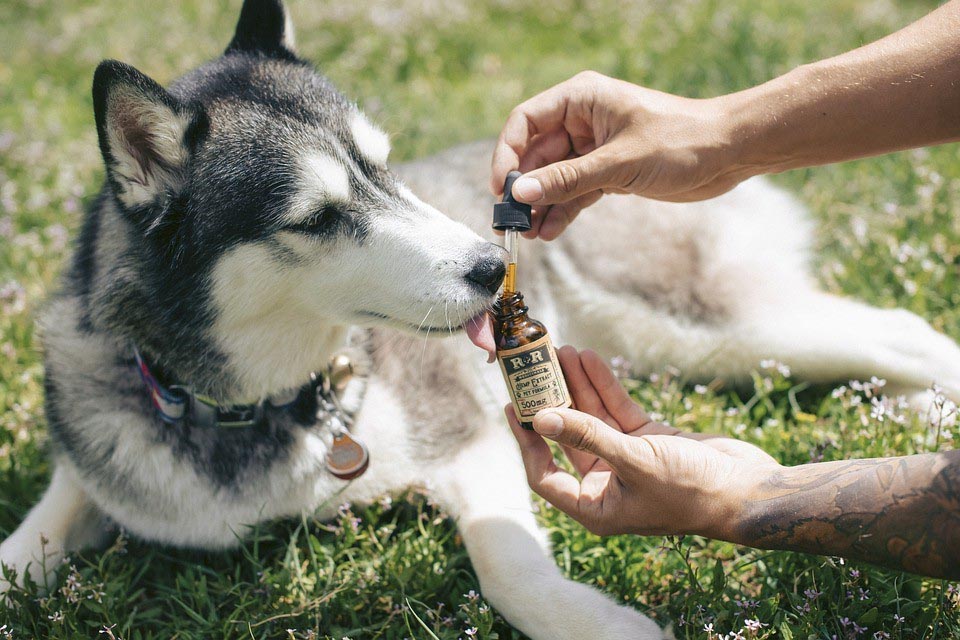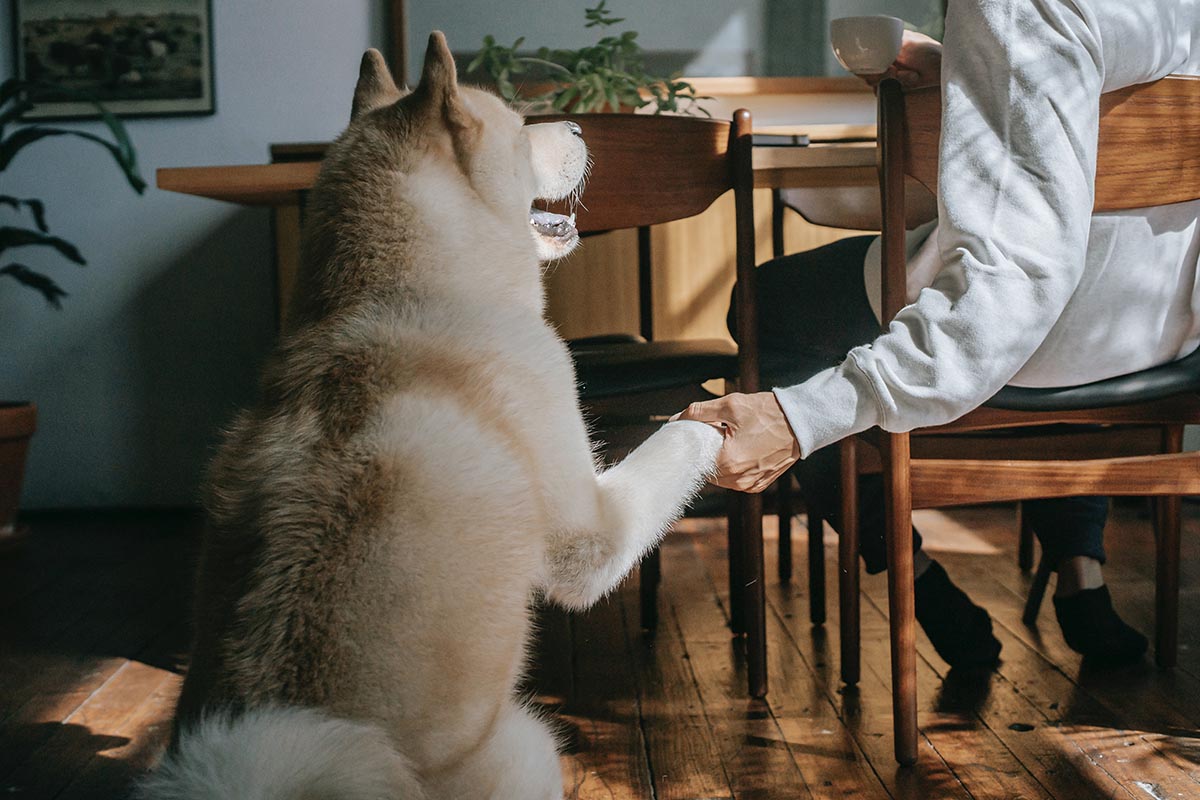Tips in Feeding a New Dog
Congratulations on your decision to adopt a new dog! The next step is to figure out how to feed it, and there are many tips that you can get on the internet regarding this. If you’re in doubt, it can be helpful to consult the vet so they can give you a nutritional meal plan according to your pet’s breed.
One of the most basic needs of canines is healthy food. This is more than just the brand, and it’s not also about the price either. You can go first with a puppy feeding chart to customize the amount and give you a vet-recommended suggestion about the food that your pet needs. This helpful information can also give you an idea of the regular schedules and their different needs when training.
The Types of Food that’s Excellent for Canines
There are so many commercial brands out there, and choosing one can be overwhelming. Those packets or sacks with the AAFCO labels on them are considered balanced and complete for most puppies.
This means that the food is more than enough to sustain their diet, and they need the most basic nutritional needs of your dog.
However, it’s worth noting that not all food is created equal. Nowadays, experts still agree that the source and quality of the ingredients matter, and you should be careful when buying a specific brand.
When you’re in the middle of choosing which types are ideal for your pet, you can narrow down the choices by doing the following:
- Feeding the organic, all-natural, and healthiest ingredients available;
- Get a more holistic food or meal plan from a therapeutic veterinary doctor;
- It’s better to consider a diet that’s home-prepared with the guidance of a health expert in dogs;
- Knowing how the costs can affect your decisions;
- Considering holistic diets that are free of grains may have a higher price tag;
- If you’re on a budget, it’s best to find a mid-level range of food to feed your canine;
- Determine the time that you can spend when it comes to preparing the food;
- Home preparations can save you a lot of money, which will be the healthiest option for canines.
Considerations for your Pet
- The pickiest pups might fare better with home-cooked diets or canned foods;
- Overweight dogs may have a medical condition, so it’s best if you can get them checked with the vets and ensure that you’re giving them the diet that they deserve.
About Commercial Food
Determine if commercial food is best for your furry friend by talking to its veterinarian. Ask other owners with the same breeds or, better yet, get advice from professional pet trainers. Get their input and do your research on legitimate sites. If you’re in doubt, you can always work with a nutritionist about an effective meal plan that will be nutritious for your canine.
Choosing a Home-Prepared Diet
Rather than buying the commercial brands, many owners are now going into homemade food for more improvements. Work with a vet to create something unique.
This is for older dogs that have specific medical conditions and need extra care. A balanced and complete diet is something they need, and they should be customized according to their age, weight, overall health condition, and many other factors. Failure to feed something nutritious to your pup can cause major health problems in the future.
How Much Food Should Pet Parents Give?
The amounts of food usually vary according to a lot of factors like:
- If you have adopted a puppy or an adult dog (their age;)
- Their body condition and overall health;
- The level of activities they do daily;
- Nutrient content and calories that the food has.
Some calculators specialize in dog food, and they can tell you about the calories to give and how much you are giving right now. Learn more about the ideal diet of your dog on this site here. Some vets may recommend trackers and talk about the ideal weight that your pet should achieve at a particular age.
How Often Does Your Pet Need to Eat?
Many experts may agree with feeding that is twice a day. This is more than enough for many adult canines, provided they are getting their nutritional needs on their daily intake. Once a day is too long for canines, and this is not advisable.
The smaller pups should be fed four to six times a day. Smaller ones often need a lot of food so they can prevent getting low blood sugar levels. The appropriate schedules may depend on what works for you and your pet, but it’s still helpful if you could talk to your vet about this.
What Type of Bowl to Get?
Many experts say that you should not get plastic bowls for your furry friends’ food and water. This is because some breeds are susceptible, and they can develop various allergic reactions to plastic. You may see them getting rashes on their faces and chins.
Aside from the rashes, plastic can serve as a natural irritant. When not washed properly, the bowl can harbor microbes and bacteria that can cause sickness or, worse, early death. Plastic is harder to clean, and you may tend to miss the nooks and crannies where the germs are living. It’s best to use ceramic or metal bowls for treats and water to be on the safe side.
About the Treats
There are various chews and yummy treats out there that are made for canines. Select the safest options for your pet that can supplement their diet. Also, it’s best if the chews are not going to take more than 10% of your dog’s calorie intake.
What to Avoid?
It’s best if you could get meat because dogs are carnivores in nature. However, it’s worth noting that some pets may love absolutely everything, and they will eat something that can be toxic to them. Avoid the following whenever possible:
- Onions
- Chocolates
- Raisins/Grapes
- Alcohol
- Macadamia Nuts
- Seeds and Pits from Fruits
- Yeast Dough
- Rotten or Moldy Food
- Xylitol in Candies or Sugar Gums
- Salty Foods.




















